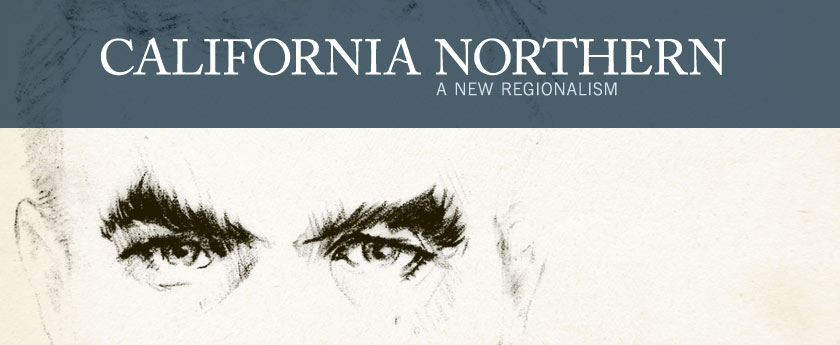Raymond Carver’s California
By Paul Barrett
Often referred to as The American Chekhov, Raymond Carver is one of the preeminent authors of the late twentieth century, and maybe the greatest short-story writer the country has ever seen. Since his death in 1988 he has been anthologized and revered, and highly influential to generations of fiction writers. His spare, candid style is echoed in contemporary literature ranging from Richard Ford’s realism to Lydia Davis’s minimalist micro-tales to David Means’s depictions of blue-collar despair.
When he arrived on the literary scene in the 1970s, Carver offered a stark alternative to what many readers had come to view as the labyrinthine, self-referential, almost academic style of writers like John Barth and Donald Barthelme. Carver championed sincerity and realism in that literary landscape, where experimentation had become de rigueur, and reading literature had come to feel, for many, like an arcane procedure reserved for specialists. Stylistically, he was efficient, communicating as much through what he left out as by what he put in, and in doing so he evoked the realities of lower-middle-class life. His characters were violent and depraved, adulterous and alcoholic, depressed and displaced, yet readers sensed Carver’s deep concern for them, a tenderness beneath the brutality. His portrayal of hard, quiet lives led in drab kitchens and living rooms would practically come to define American short fiction for decades.
As people have continued to read Carver over the years, a popular take on his work has emerged—that his stories were set on a blank stage populated by interchangeable props of the working class. Yet readers have often overlooked his work’s strong connection to place, and especially to California, where he spent half his life and most of his writing career. This oversight is understandable, given that the identity of the postwar California in which Carver lived was hard to define, and that Carver himself couldn’t settle in one place within it. Moreover, Carver’s editor, Gordon Lish, chopped some of Carver’s most well-known work down to create a lean, impassive style with very little descriptive detail. As a result his stories often, at least superficially, render the California landscape nearly absent. But two recent releases—Library of America’s Collected Stories and Carol Sklenicka’s extensive and painstakingly researched biography, Raymond Carver: A Writer’s Life—reveal that California is not only present in but crucial to Carver’s work.
Carver grew up in the Northwest, and in 1955, at age sixteen, he met Maryann Burke, a pretty fourteen-year-old from rural Washington. Before the end of 1958, they had married and welcomed their first child, and a second was on the way. They had also moved to California, into a house Maryann’s mother purchased for them in Paradise, California. A year later they moved to Chico, beginning a period of twenty-five years in which Carver would remain essentially rootless, moving to a new home—if not a new town—almost annually. During that time, in which he produced four story collections, three books of poetry, and established himself as a literary celebrity, he resided in Eureka and Arcata, Sacramento, Klamath, Palo Alto, San Jose and Sunnyvale, the Santa Cruz satellite Ben Lomond, Santa Barbara, Cupertino, San Francisco, Sausalito, and even, briefly, Hollywood.
Like his father before him, Carver came to California as a struggling member of the lower-middle class. In order to support his young family, he worked odd jobs wherever he could find them—at a drugstore in Paradise, at a sawmill in Humboldt, as a custodian at Sacramento’s Mercy Hospital. Jack Hicks, a literature professor at UC Davis, describes how, when he met Carver in California in 1972, “he was living in Cupertino with [Maryann], in an anonymous, shabby tract home in an area where several freeways converged. It wasn’t quite a slum, but on its best days, it was month-to-month blue collar.”
This is an excerpt of “Raymond Carver’s California”

